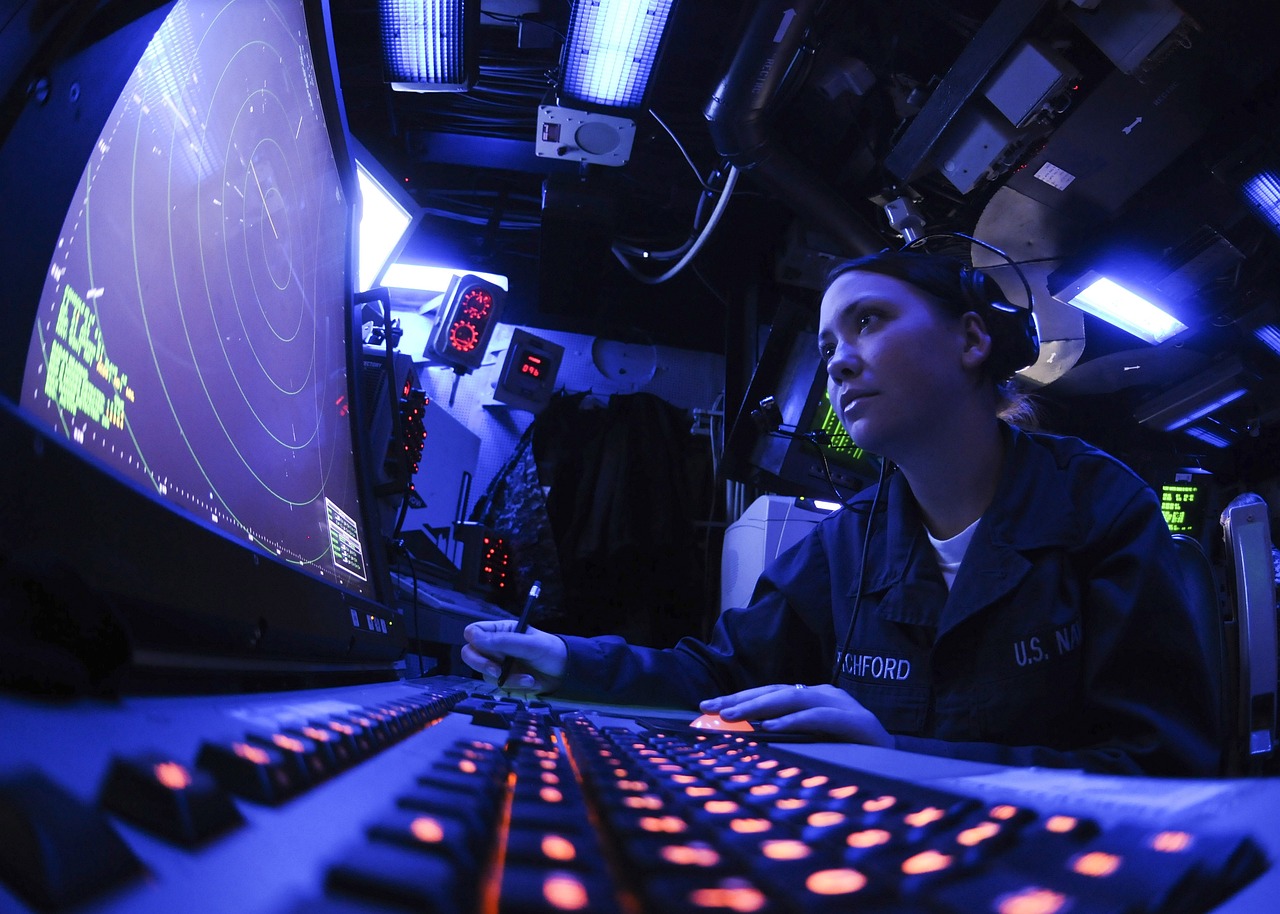This post is also available in:
 עברית (Hebrew)
עברית (Hebrew)
In time-sensitive scenarios, whether in active combat operations or disaster response settings, warfighters and first responders in subterranean environments are faced with a range of increased technical challenges, including difficult and dynamic terrains, severe communication constraints, and expansive areas of operation. “Even under ideal conditions, these complex environments present significant challenges for subterranean situational awareness,” the US Defense Advanced Research Projects Agency (DARPA) said in an announcement.
Those conditions often make it too risky to deploy personnel, but existing technologies lack the endurance, navigation and sensing capabilities to replace humans on the job.
The agency is interested in a technology that can rapidly map and search often treacherous underground areas, and has finalized teams for its Subterranean Challenge, or SubT, a three-year competition.
Through the program, DARPA aims to develop a versatile technology that military personnel and first responders can use to better understand underground environments. Such systems could also lead to breakthroughs in infrastructure inspection, mining, construction and archeology, according to defenseone.com.
The competition is divided into two parts: a systems track and a software track. Systems participants must build technologies that can navigate a physical test course while software teams would demonstrate products in a simulated environment.
Teams must prove their technologies’ worth in three different environments — underground tunnels, caves and urban infrastructure like subway systems,
The agency awarded a $4.5 million contract to iRobot Defense Holdings and a $750,000 contract to Michigan Technological University to participate in the challenge. A third team, Scientific Systems Company Inc., joined the program with a $492,000 contract.























